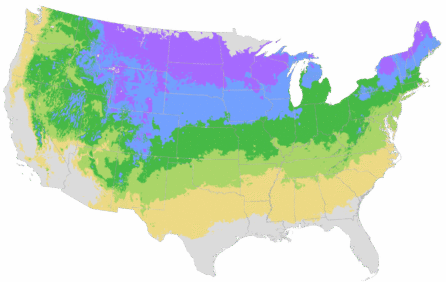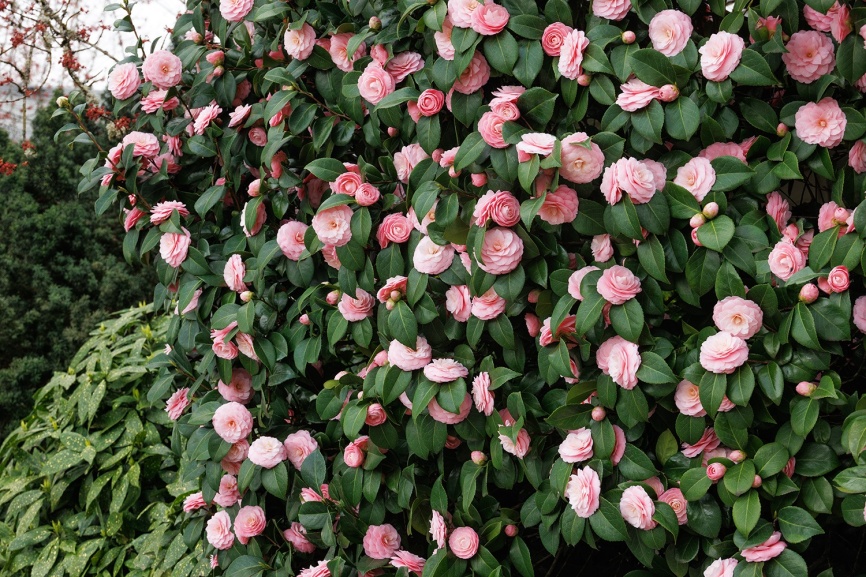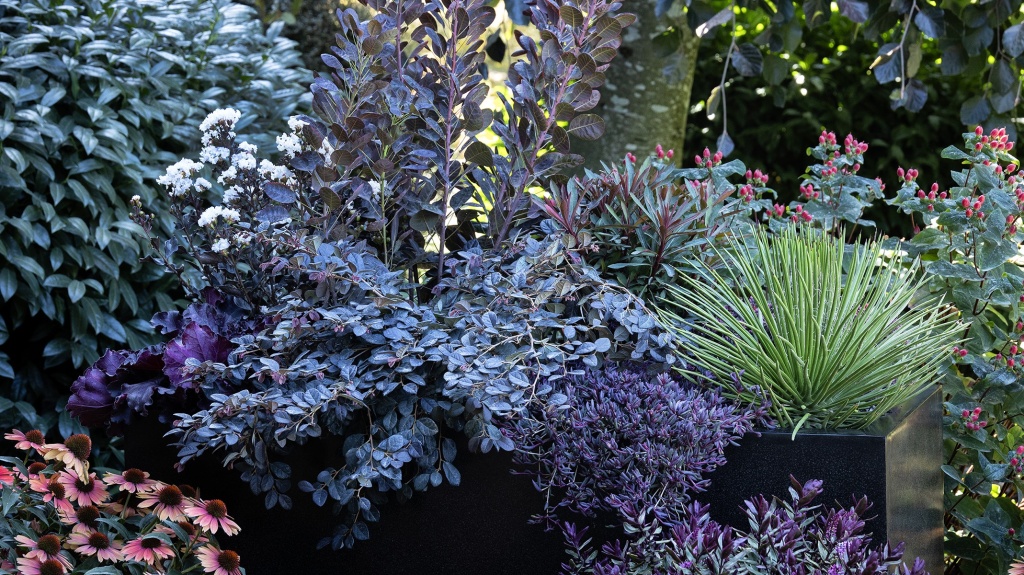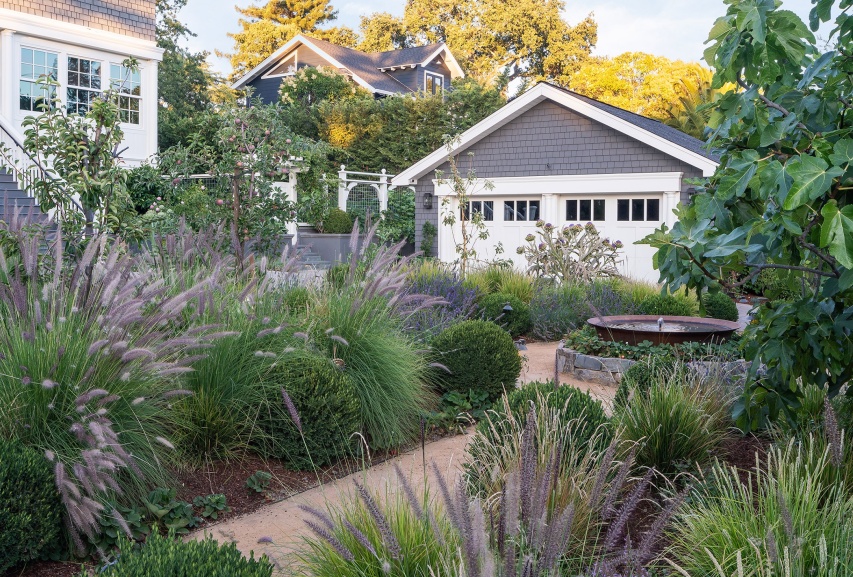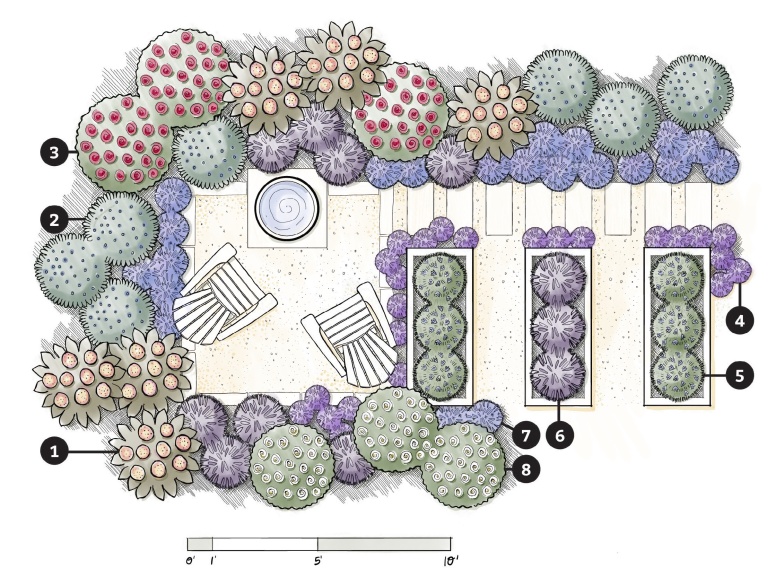You're growing in this Zip Code:
Change LocationDiscover Plants for Your Area
Prime-Ark® Freedom Thornless Blackberry
Rubus x 'APF-153T' PP #26,990
Retailers Near You
| Description | The first thornless self-pollinating, primocane-fruiting variety - produces very large, flavorful, attractive purple-black berries on year-old canes very early in the season and on first year canes late in the season, providing two crops of delicious fruit each growing season. An excellent variety for home gardens in cool summer regions, ideal for fresh eating. Deciduous. |
|---|---|
| Bloom Time | Spring and summer |
| Deciduous/Evergreen | Deciduous |
| Special Features | Showy Fruit, Edible, Benefits Birds |
| Growth Rate | Fast |
| Flower Attributes | Repeat Flowering |
| Patent Act | Asexual reproduction of plants protected by the Plant Patent Act is prohibited during the life of the patent. |
| Landscape Use | Barrier, Container, Espalier, Hedge |
| Flower Color | White |
| Foliage Color | Green |
| Companion Plants | Rosemary (Rosmarinus); Lavender (Lavandula); Yarrow (Achillea); Russian Sage (Perovskia); Salvia (Salvia) |
| Care Instructions | Provide fertile, mildly acidic, well-drained soil. Best in cool summer regions. Water deeply, regularly in first growing season to establish root system. Feed before new growth begins in spring. After harvest, prune to ground older canes that have fruited, leaving one-year-old canes to produce next season's crop. Train newer canes on a trellis. |
| History | Newly developed by the University of Arkansas Division of Agriculture, Prime-Ark® Freedom is heralded as the world's first thornless primocane-fruiting blackberry. It is the fourth introduction in their Prime-Ark® line of thornless primocane-fruiting blackberries. as part of their thriving, decades-old breeding program. Prime-Ark® Freedom originated from seed produced by hand-pollination. It is an excellent cultivar for home gardens, and is ideal for cooler summer climates. It is noted for excellent plant health, thornless, primocane-fruit production, and large, flavorful fruit. A self-fertile cultivar. |
| Lore | Blackberries are notable for their high nutritional contents of dietary fiber, vitamin C, vitamin K, folic acid - a B vitamin, and the essential mineral, manganese. Blackberries are essentially divided into two groups - primocane-fruiting and floricane-fruiting. Primocane-fruiting varieties produce flowers and fruit on canes that mature within their first year. Conversely, floricane-fruiting varieties, that do not develop any flowers or fruit on those primocanes, but rather the primocanes would be the subsequent year's floricanes, that will produce the flower and fruit. Generally, primocanes produce their fruit later in the season. A mix of floricane and primocane-producing plants in the garden provides an early season crop and a late season crop, ensuring an extended season of fresh fruit. Primocanes can be more heat sensitive and will produce best in regions that do not have excessively hot temperatures during the flower and fruit set. |
| Description | The first thornless self-pollinating, primocane-fruiting variety - produces very large, flavorful, attractive purple-black berries on year-old canes very early in the season and on first year canes late in the season, providing two crops of delicious fruit each growing season. An excellent variety for home gardens in cool summer regions, ideal for fresh eating. Deciduous. |
|---|---|
| Bloom Time | Spring and summer |
| Deciduous/Evergreen | Deciduous |
| Special Features | Showy Fruit, Edible, Benefits Birds |
| Growth Rate | Fast |
| Flower Attributes | Repeat Flowering |
| Patent Act | Asexual reproduction of plants protected by the Plant Patent Act is prohibited during the life of the patent. |
| Landscape Use | Barrier, Container, Espalier, Hedge |
|---|---|
| Flower Color | White |
| Foliage Color | Green |
| Companion Plants | Rosemary (Rosmarinus); Lavender (Lavandula); Yarrow (Achillea); Russian Sage (Perovskia); Salvia (Salvia) |
| Care Instructions | Provide fertile, mildly acidic, well-drained soil. Best in cool summer regions. Water deeply, regularly in first growing season to establish root system. Feed before new growth begins in spring. After harvest, prune to ground older canes that have fruited, leaving one-year-old canes to produce next season's crop. Train newer canes on a trellis. |
|---|
| History | Newly developed by the University of Arkansas Division of Agriculture, Prime-Ark® Freedom is heralded as the world's first thornless primocane-fruiting blackberry. It is the fourth introduction in their Prime-Ark® line of thornless primocane-fruiting blackberries. as part of their thriving, decades-old breeding program. Prime-Ark® Freedom originated from seed produced by hand-pollination. It is an excellent cultivar for home gardens, and is ideal for cooler summer climates. It is noted for excellent plant health, thornless, primocane-fruit production, and large, flavorful fruit. A self-fertile cultivar. |
|---|---|
| Lore | Blackberries are notable for their high nutritional contents of dietary fiber, vitamin C, vitamin K, folic acid - a B vitamin, and the essential mineral, manganese. Blackberries are essentially divided into two groups - primocane-fruiting and floricane-fruiting. Primocane-fruiting varieties produce flowers and fruit on canes that mature within their first year. Conversely, floricane-fruiting varieties, that do not develop any flowers or fruit on those primocanes, but rather the primocanes would be the subsequent year's floricanes, that will produce the flower and fruit. Generally, primocanes produce their fruit later in the season. A mix of floricane and primocane-producing plants in the garden provides an early season crop and a late season crop, ensuring an extended season of fresh fruit. Primocanes can be more heat sensitive and will produce best in regions that do not have excessively hot temperatures during the flower and fruit set. |
Retailers Near You
About Us
We have been pioneers and craftsmen in the art of growing plants for nearly
100 years. Since our founding in Southern California by Harry E. Rosedale, Sr.
in 1926, we have been absolutely dedicated and obsessed with quality.
We have been pioneers and craftsmen in the art of growing plants for nearly 100 years. Since our founding in Southern California by Harry E. Rosedale, Sr. in 1926, we have been absolutely dedicated and obsessed with quality.




